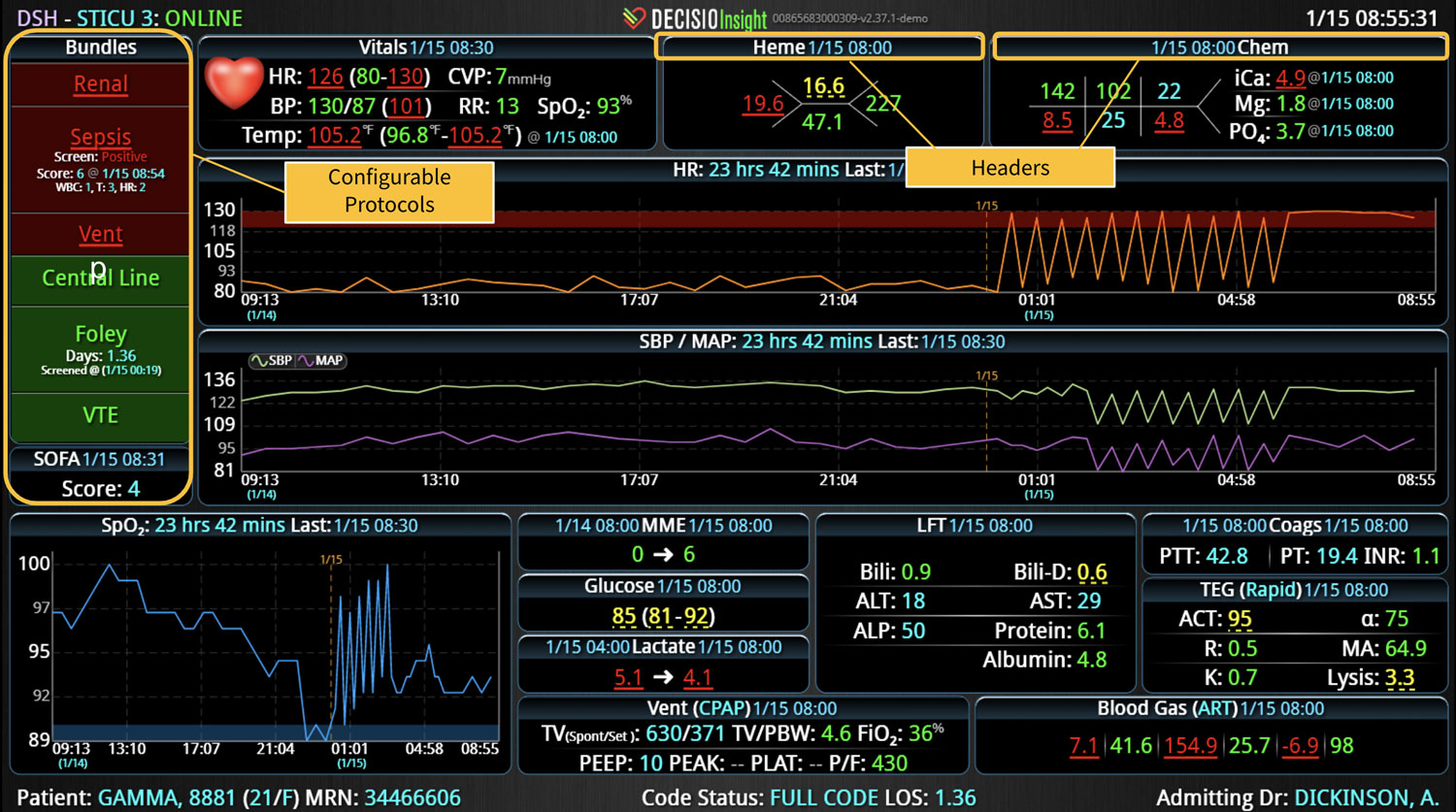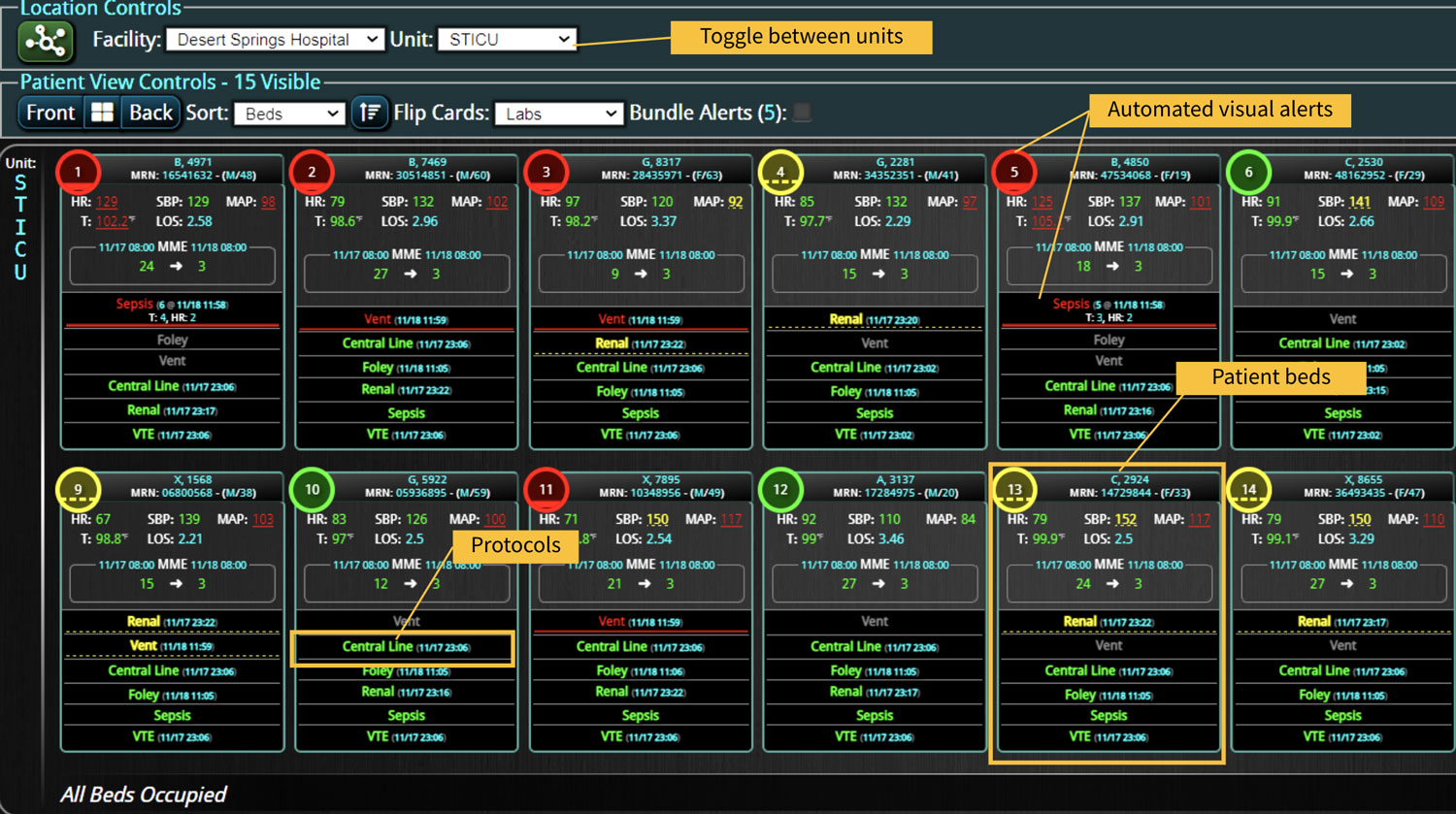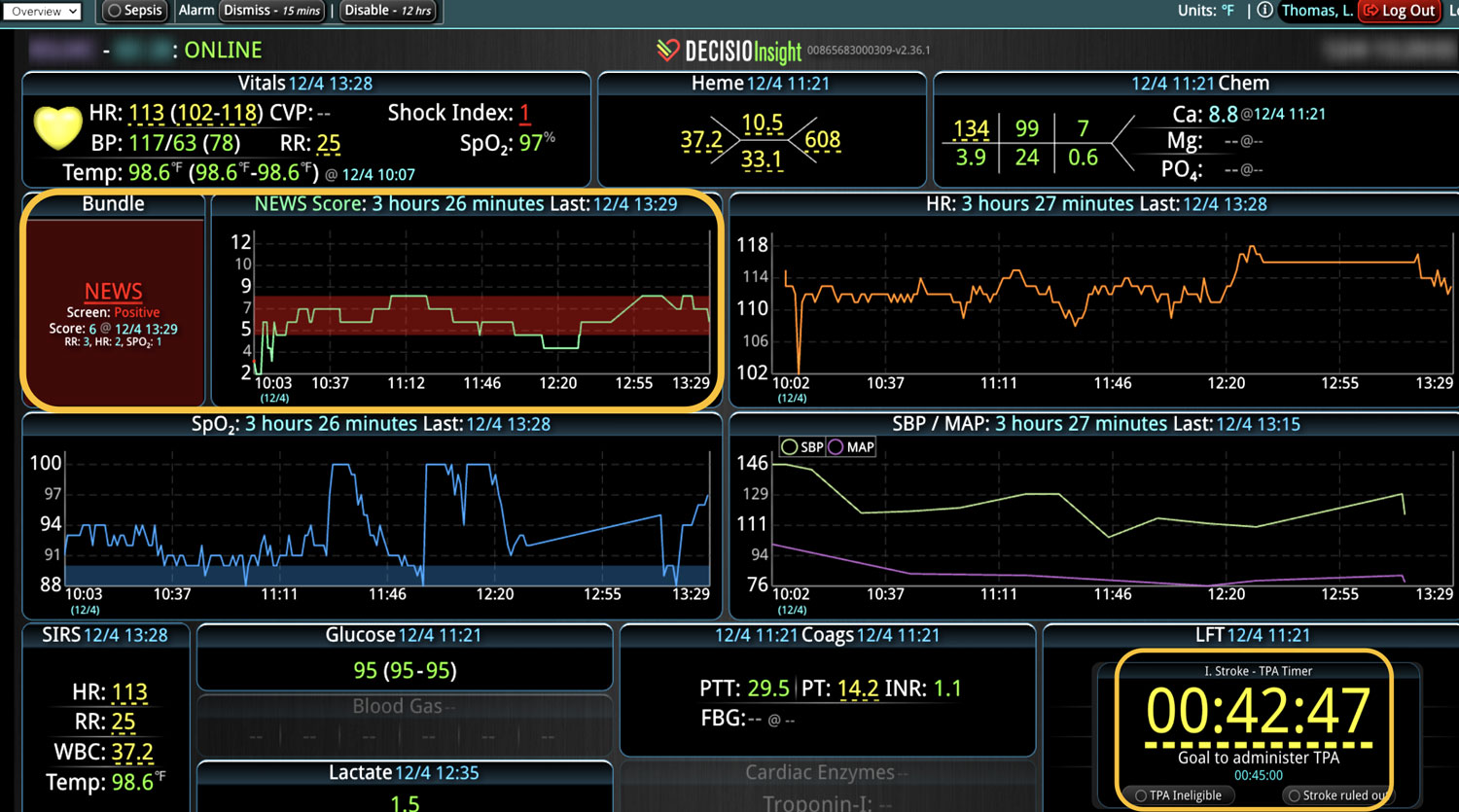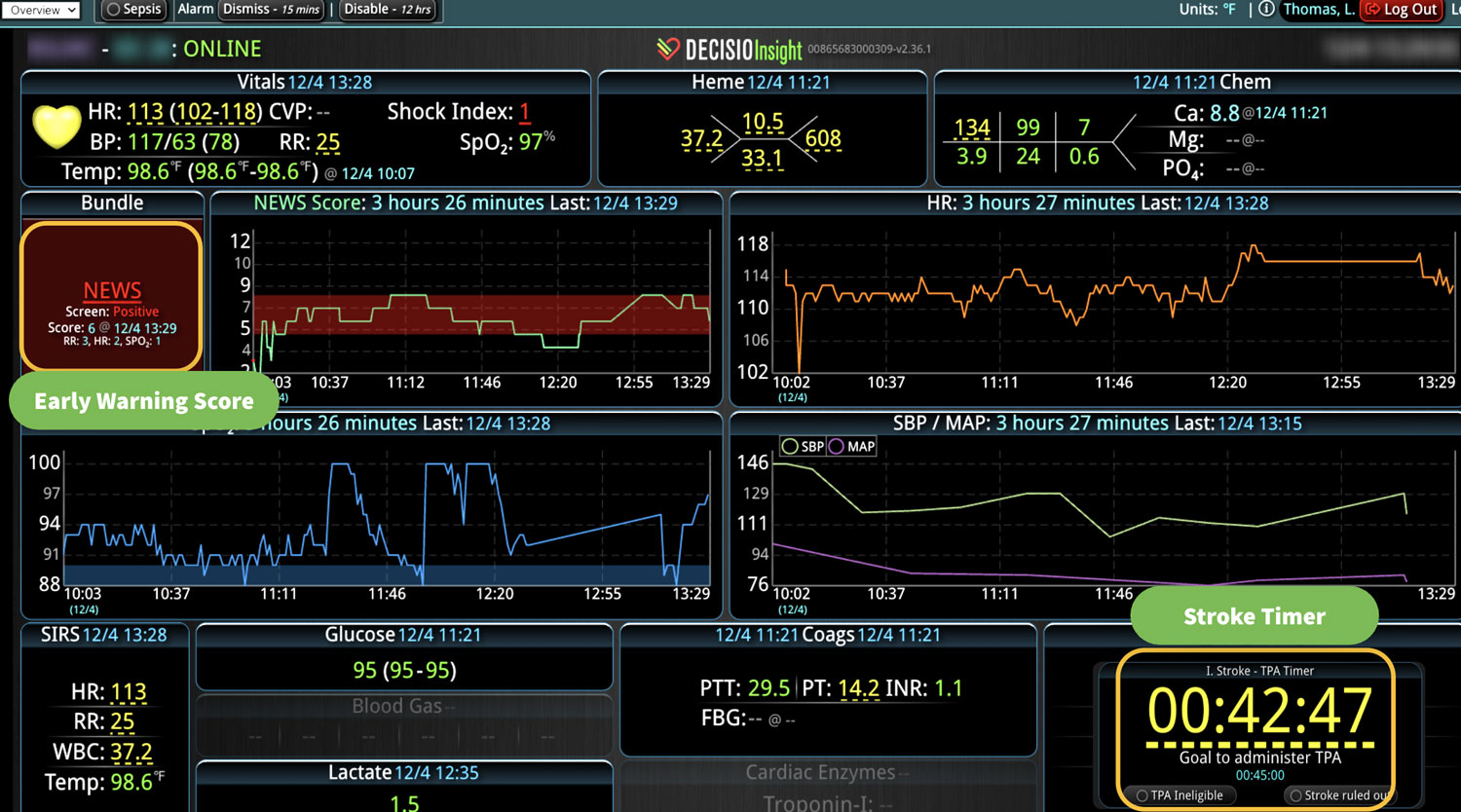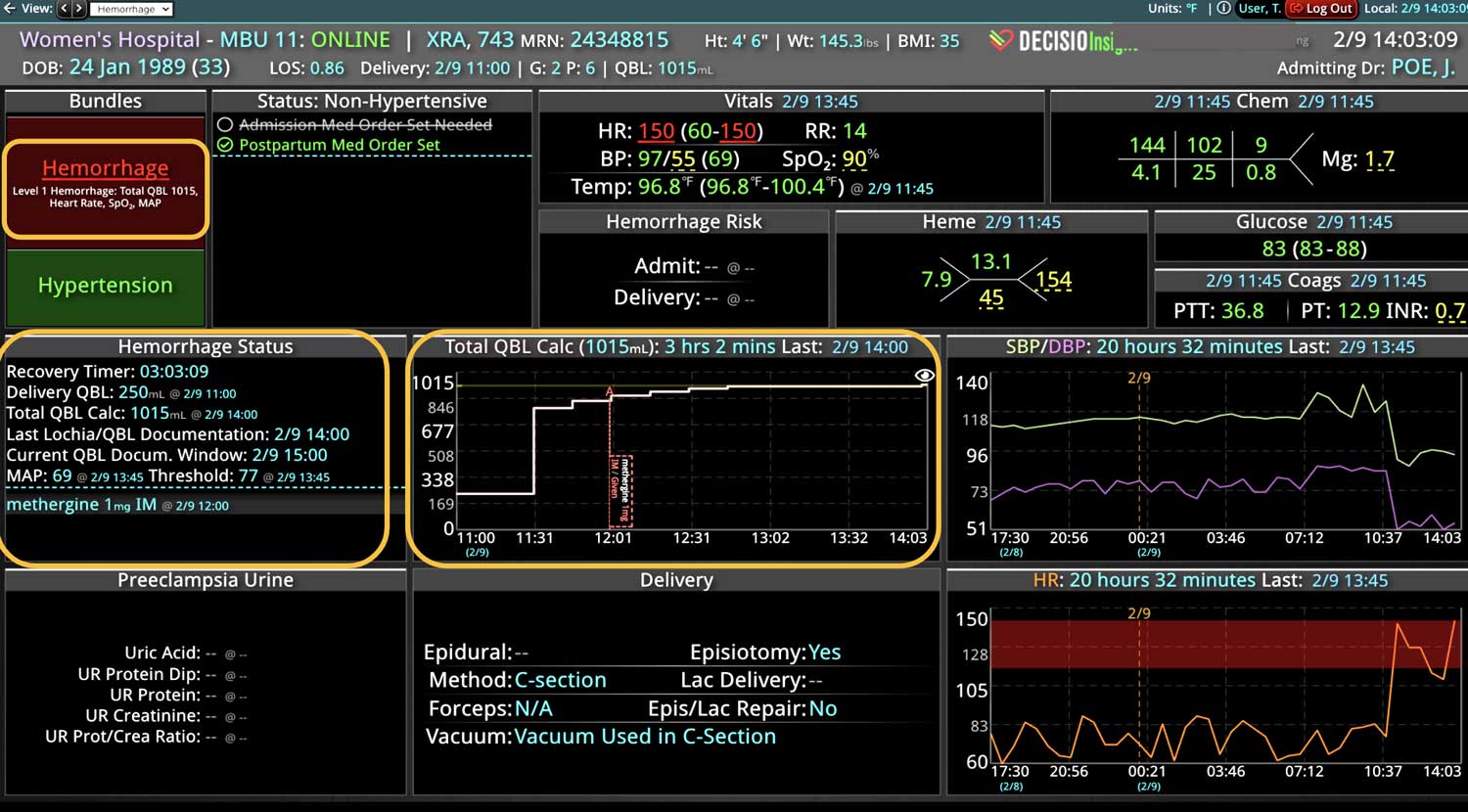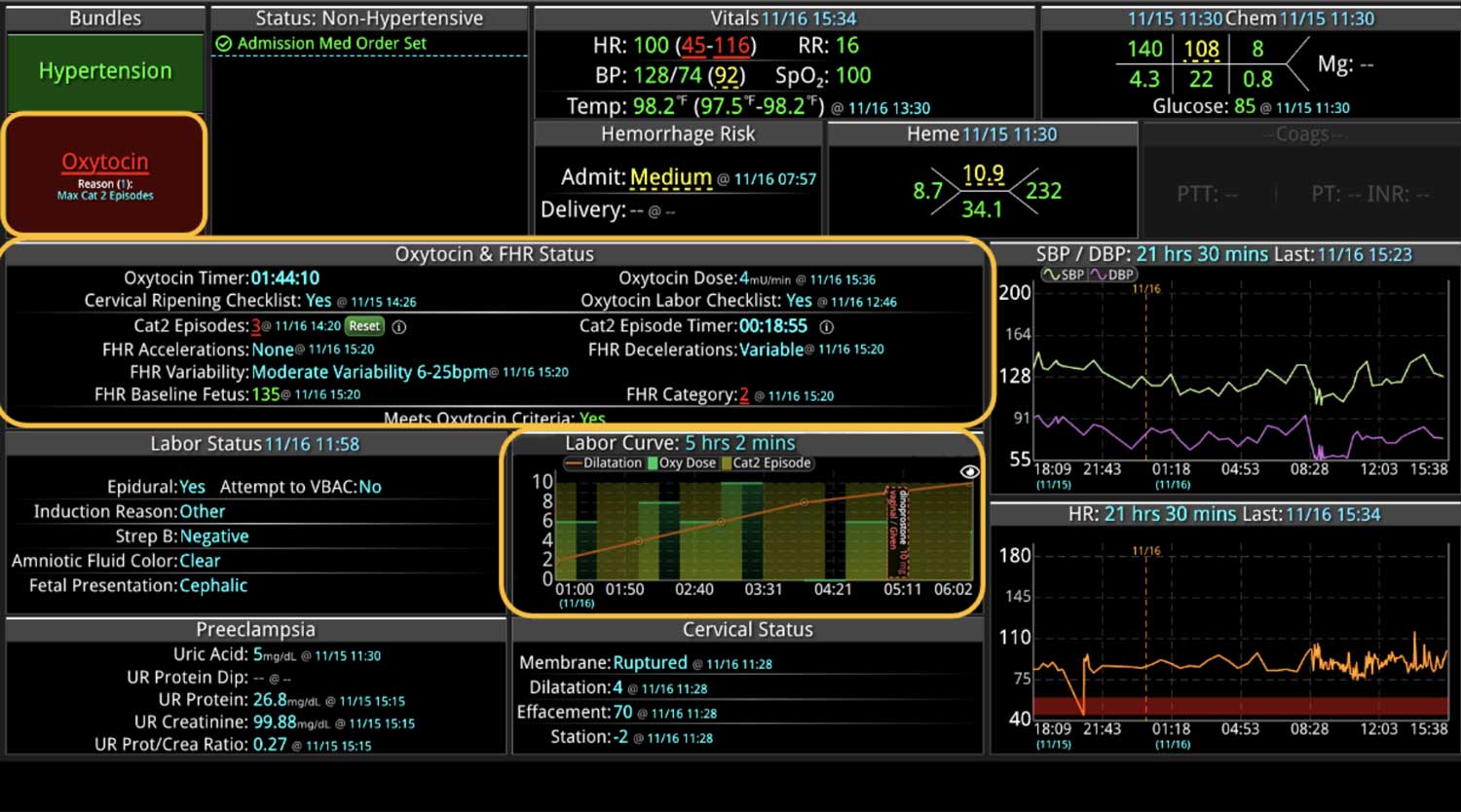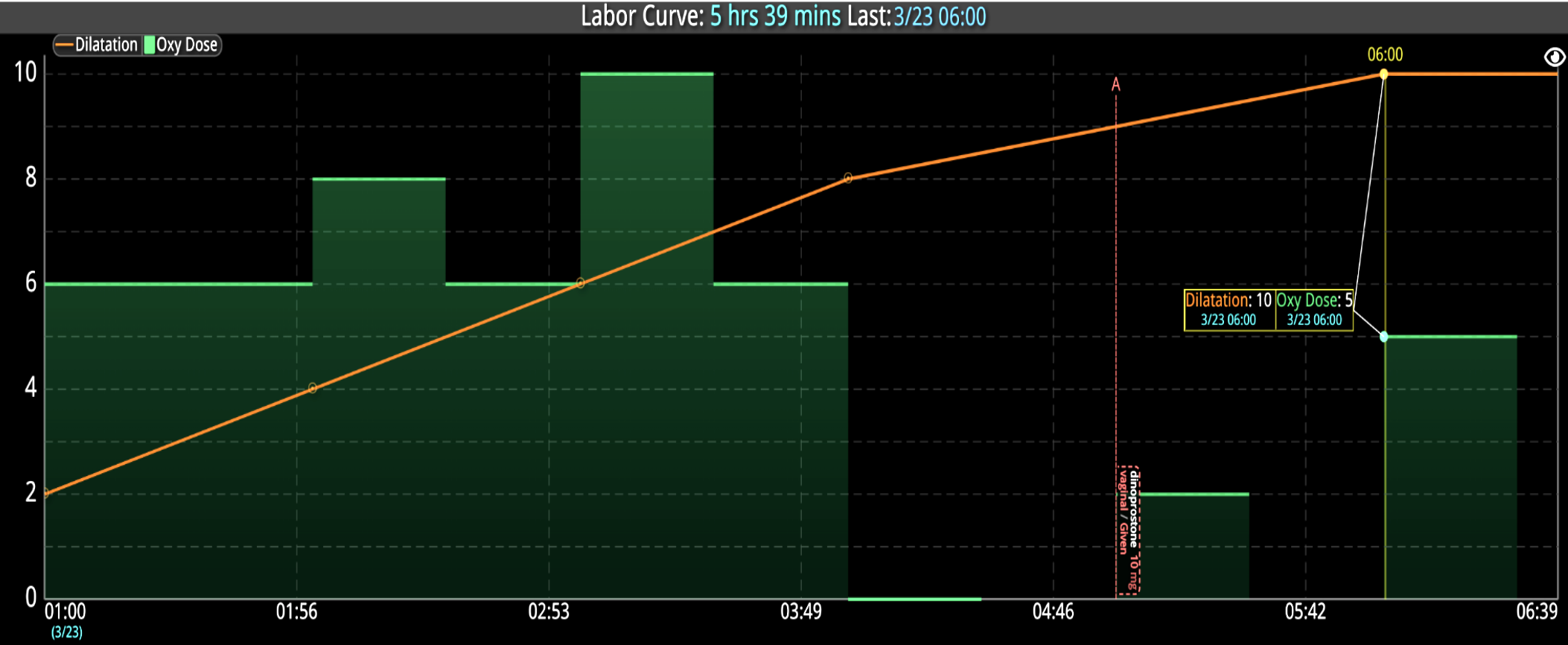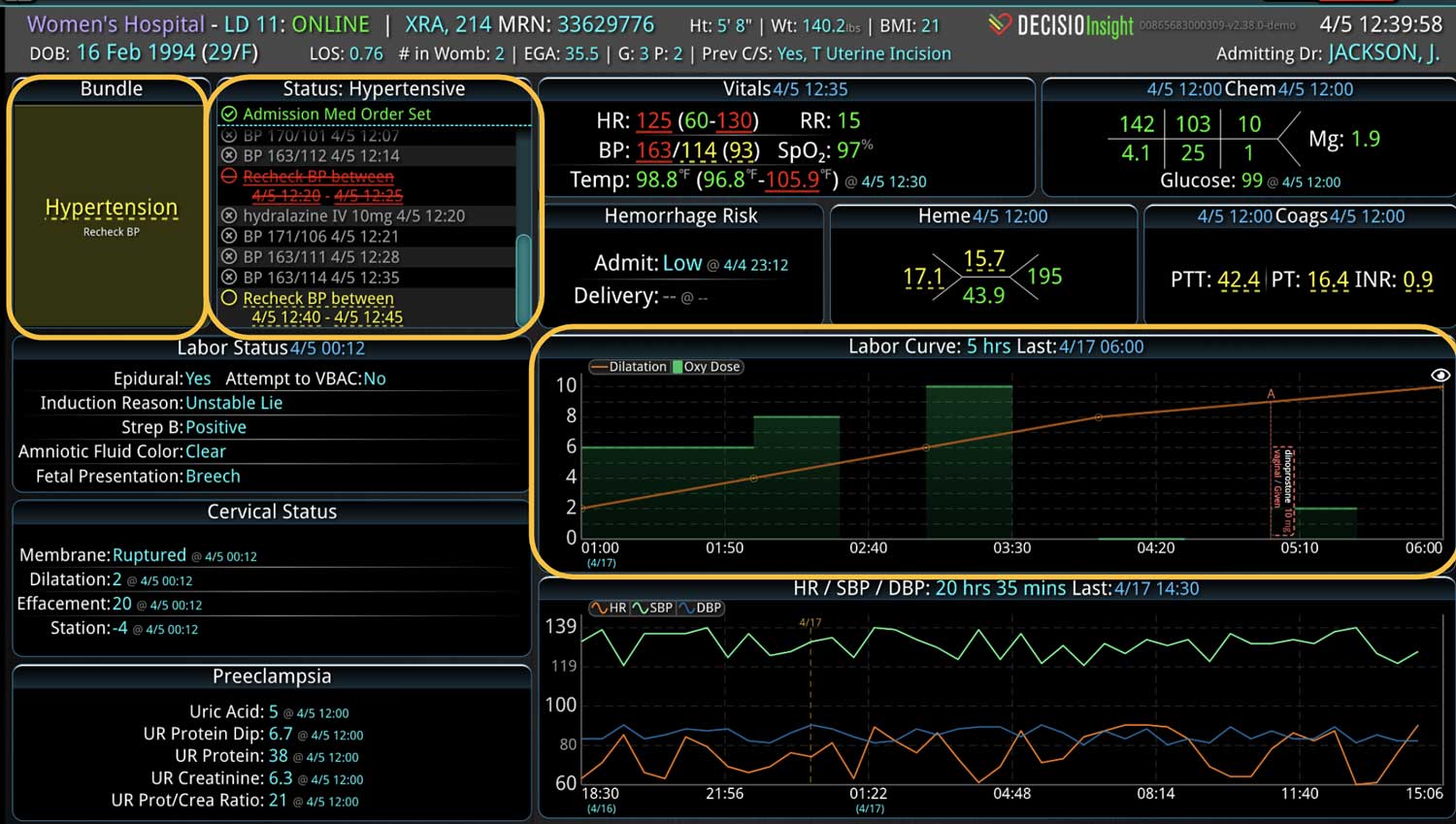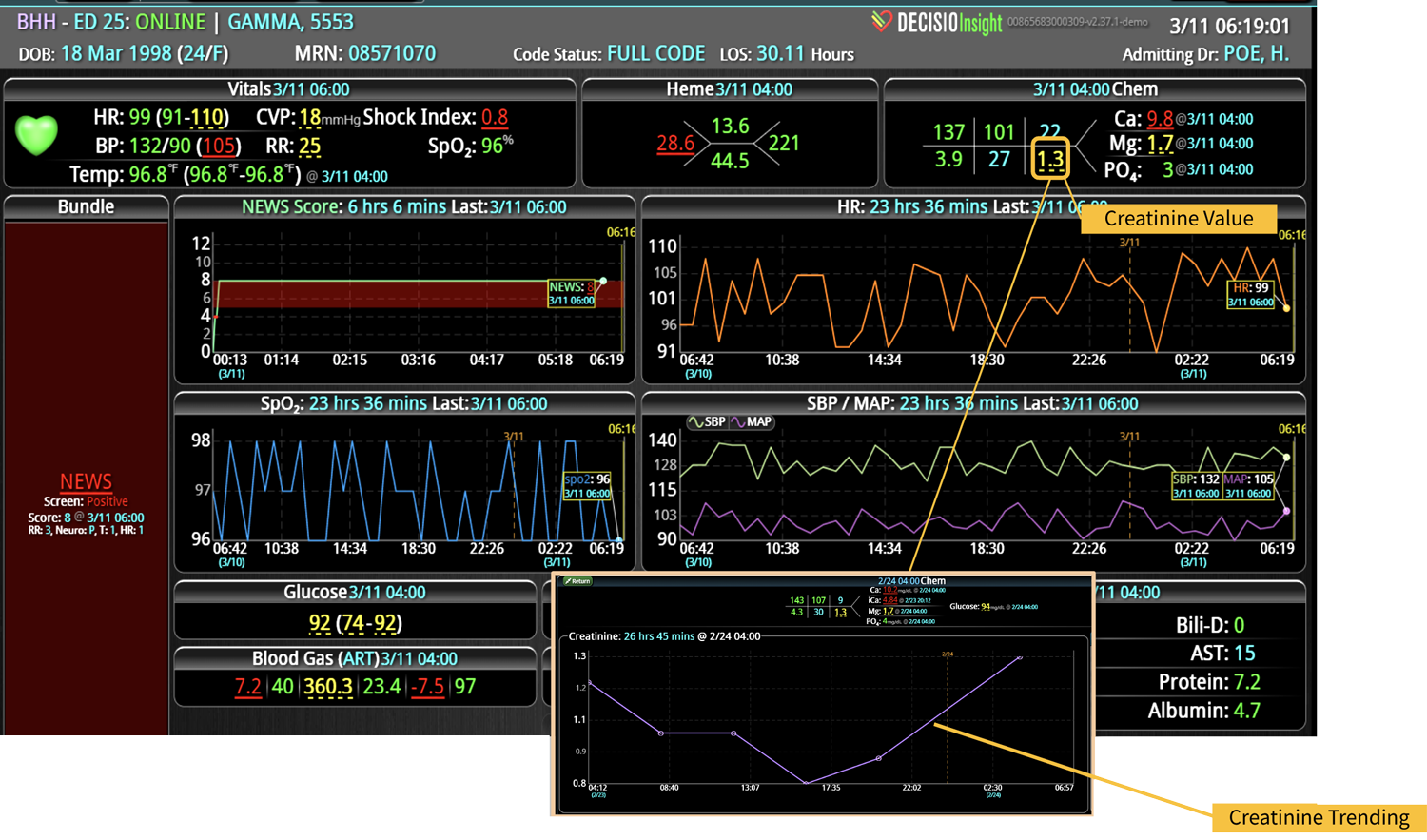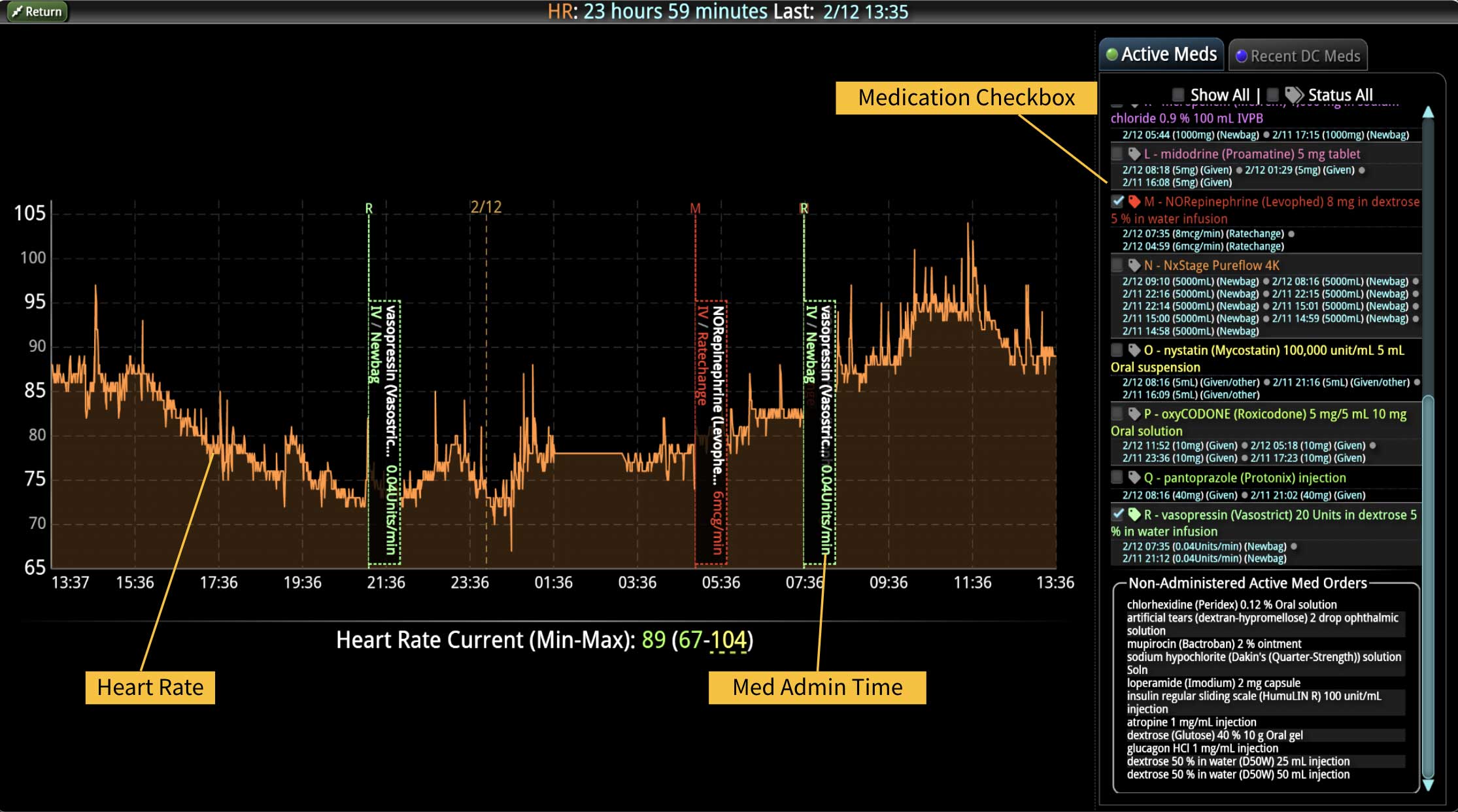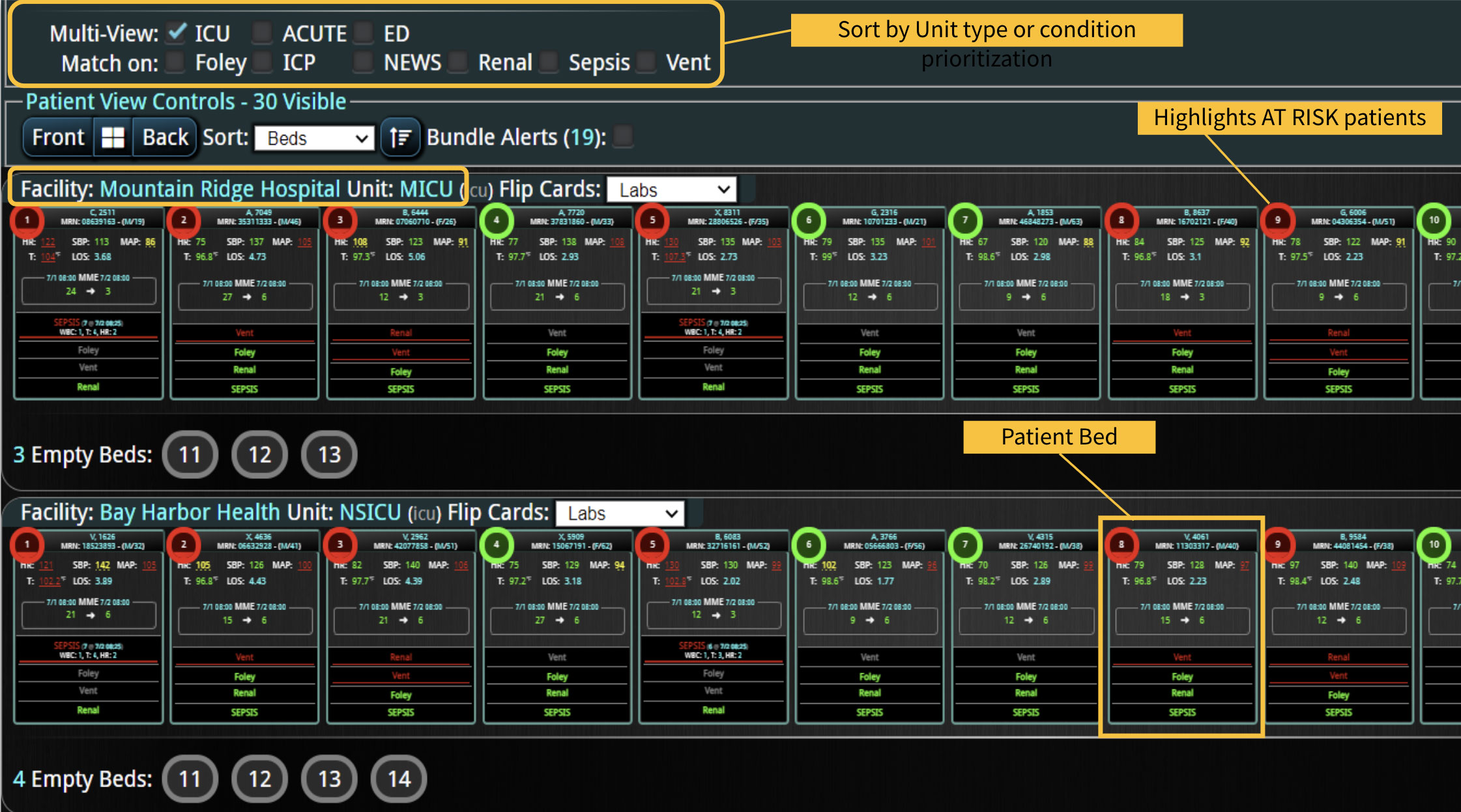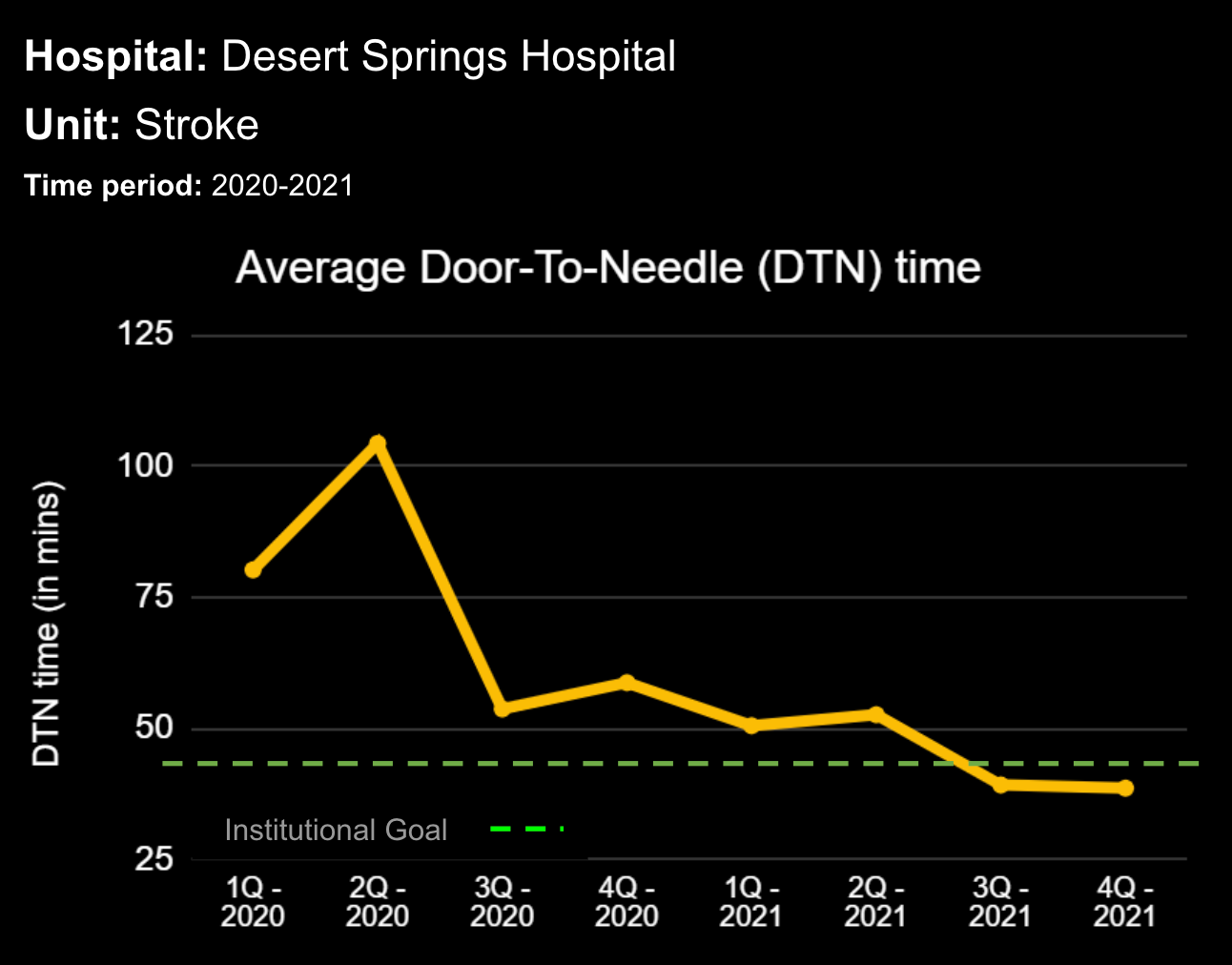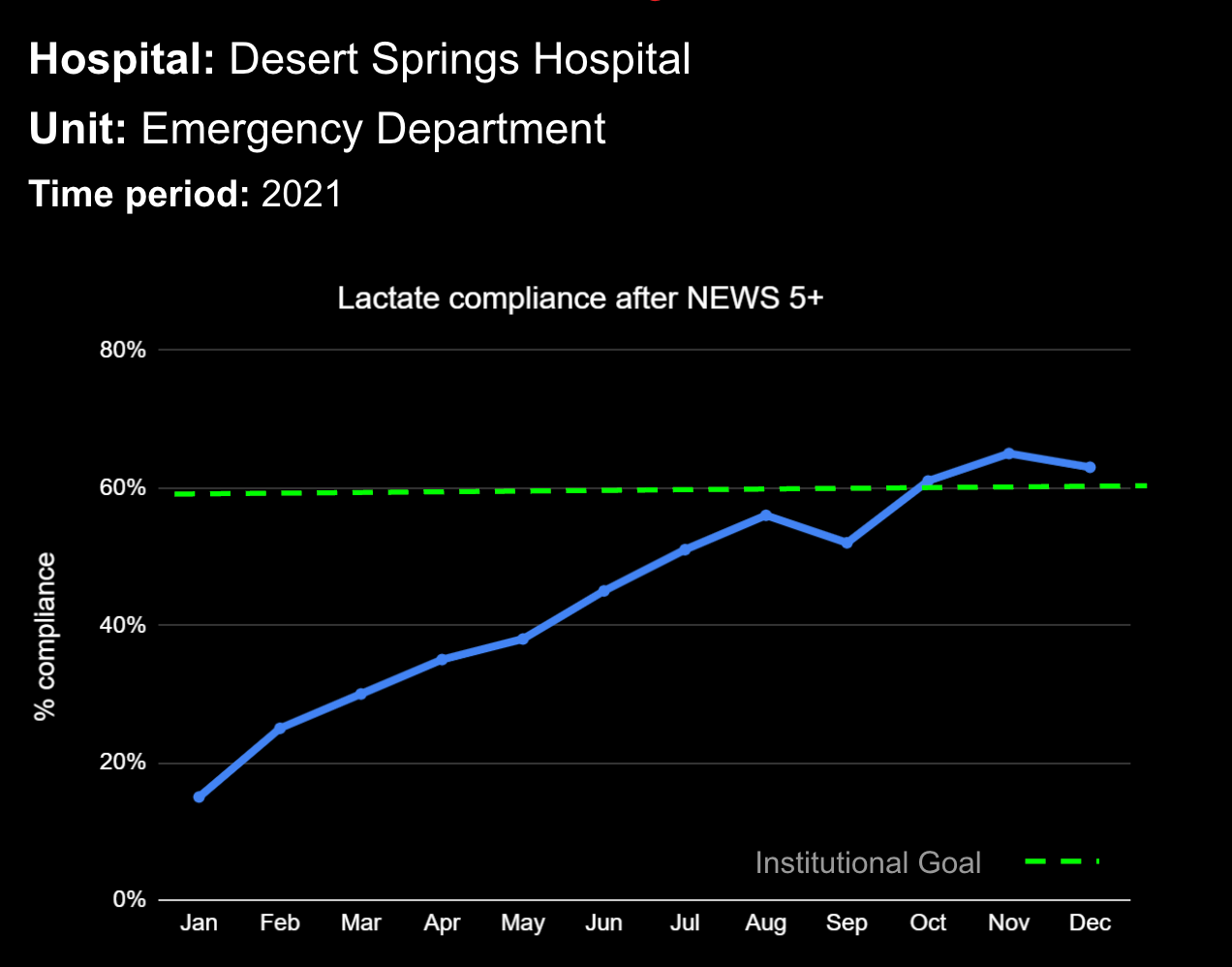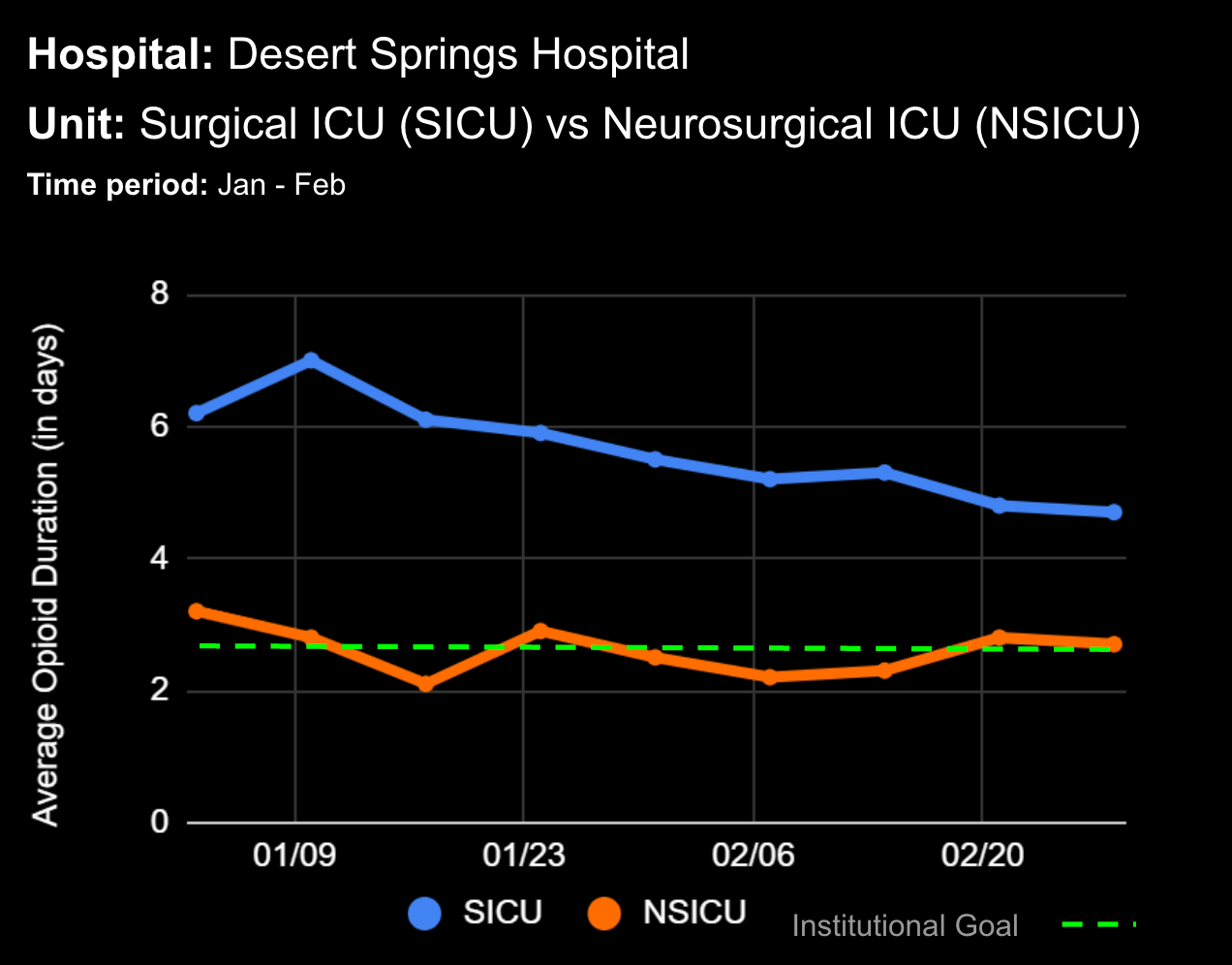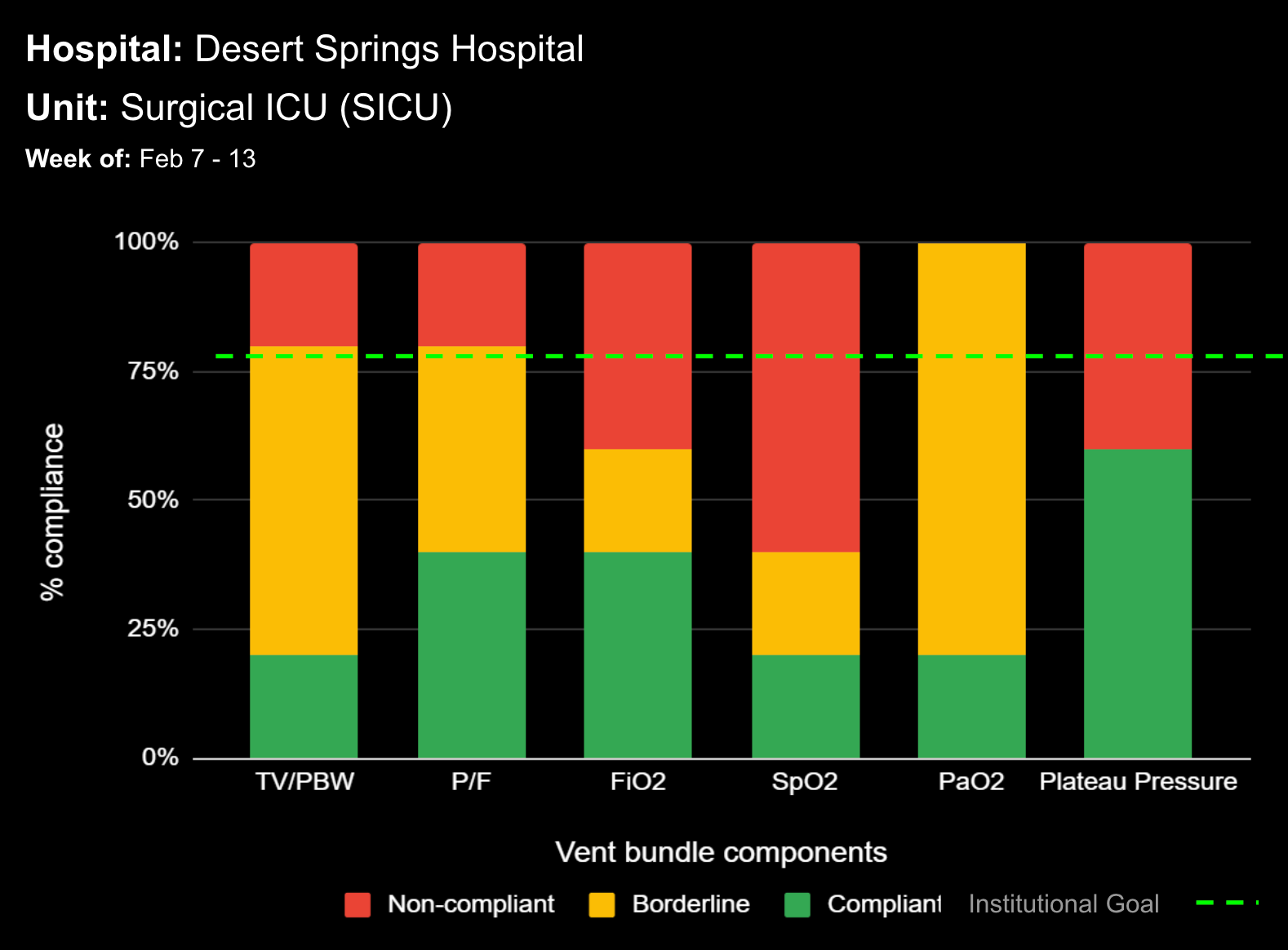
28 Jun Fearless, Focused, and Fatigued: Data Overload and the Art of Rock Climbing

Fearless, Focused, and Fatigued: Data Overload and the Art of Rock Climbing
Stay focused. Stay fearless. Stay strong. Oh, and don’t fall 4,000 feet…
These thoughts mercilessly taunted me as I peered up at my colossal opponent. A first-year medical student at the time, I didn’t yet see the parallels between my new-found hobby, traditional (“trad”) rock climbing, and the practice of medicine. Both scenarios require two things: a healthy resilience to fear and an ability to tune out “noise.” Looking back, now, scaling Cannon Mountain was a metaphor for what life as a resident had in store for me: shaky call nights spent battling fear, distraction, and exhaustion. Focus and confidence were crucial to guiding patients through unpredictable and often perilous conditions. These hospital shifts had their fair share of cruxes each lined with potential “epic” failure, and like rock climbing, there was no room for error.
Today, before they even reach for their ropes, cams and nuts, physicians have intel to map the best course for the climb. However, this information isn’t without cost. It is accompanied by significantly more noise. I remember a particularly challenging climb, complete with dime sized ledges and less-than-ideal cracks and finger pockets, that I on-sighted with a good friend of mine. As the lead, it took all my focus to avoid a mistake that could cost me a 40-foot fall into some shiest “human paper shredders” below. Amidst this excruciating mental exercise, my mind was working overtime to tune out all the noise on this 5.11a route. The noise wasn’t coming from a screeching Peregrine falcon or an animated gaze of raccoons. No, this noise was coming from my chatterbox climbing partner, belaying me 70 feet below. Finally, after several hundred feet of struggling to block out his over-caffeinated jabbering, I lost my cool and screamed at him to shut his mouth (although I might have used less refined words).
The intel that today’s physicians have at their disposal to map the safest climb also comes with a large dose noise. A high acuity, 24-bed ICU can have somewhere around 50,000 patient data points generated per day. In addition to the continuous stream of “warning-worthy” EMR values, ICUs are packed with monitors that generate even more alerts and alarms: ventilators, medication pumps, IV pumps, drug infusers, pulse rate monitors, and more. So much data…yet most of these data streams don’t talk to each other – or to the EMR. Yes, having this data is a huge improvement from the days of physicians blindly placing their tricam into lichen laced horizontal pit. Having data enables physicians to plan each patient’s steep climb out of the ICU with insight into the dangers that lie ahead. But this disparate data also generates noisy and often redundant alerts: Dr. Peter Pronovost, a critical care physician at Johns Hopkins Hospital, recently stated that an ICU nurse responds to a false alarm every 90 seconds!
So, the trade-off is clear: physicians today have more information to plot the safest climb possible for each patient. However, for this information to be useful, it must be continuously collected, interpreted, and delivered in a usable format. Mind-numbing data delivered as false alarms and relentless alerts accomplishes nothing short of conditioning clinicians to tune out this noise. Today’s physicians and nurses need herculean mental and physical strength to climb out of the data gorge of ICUs, EDs, and busy wards. Some frustrated clinicians would argue that too much disjointed and unusable data is just as challenging for clinical decision making as the paucity of patient data was in years past.
Just as every rock climber intermittently expresses frustration with the clutter of gear on his/her climbing rack, none of us truly believe that we would be better off without it. Similarly, the noise of disparate data is frustrating for physicians because they know it’s there – but it can’t be utilized to its full capacity in its current state. Forward-thinking hospitals are tackling this challenge by letting technology wrangle, aggregate, and interpret this data for them. They’re turning off noisy alarms and alerts and simplifying the data to make it meaningful and actionable. Rather than serving as a source of distraction, the data becomes a useful and trusted tool that protects both physicians and patients and helps them navigate their climb, safely.





